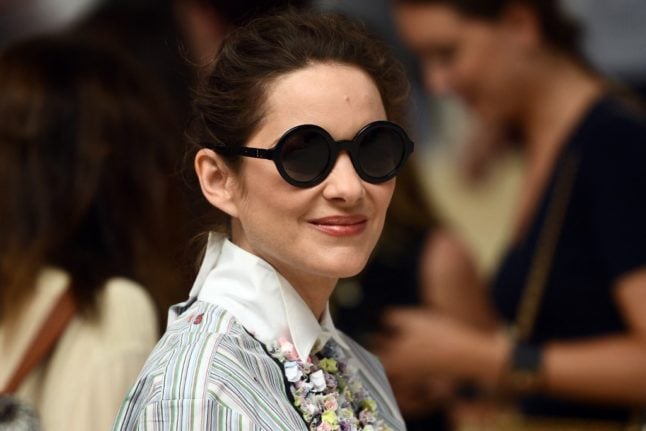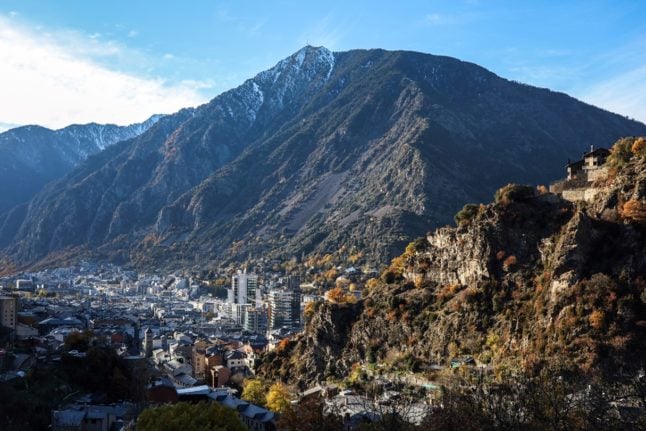French film stars, including Isabelle Huppert, Juliette Binoche and Marion Cotillard, have cut locks of their hair in an Instagram video published on Wednesday in solidarity with women protesters in Iran.
French actress Juliette Binoche and a number of other well known French women cut part of their hair in solidarity with Iranian women protesting the regime in Tehran. #MahsaAmini #مهسا_امینی pic.twitter.com/e2EqQZOhNl
— Bahman Kalbasi (@BahmanKalbasi) October 5, 2022
Charlotte Rampling and Jane Birkin, two stars with close ties to France, also appeared in the video.
It came a day after more than 1,000 French film professionals, including actor Lea Seydoux and Cannes Film Festival head Thierry Fremaux, signed a petition “supporting the revolt by women in Iran”.
Women removing their headscarves and cutting their hair has been a key image of the protests in Iran that broke out last month.
They were sparked by the death of a young woman, Mahsa Amini, following her arrest by Iran’s “morality police” who enforce Iran’s strict dress code that requires women to cover their hair in public.
“The Iranian people, with women in front, are risking their lives to protest. These people want only the most basic freedoms. These women, these men, deserve our support,” said a message accompanying the video on Instagram.
The campaign was launched by a group of lawyers.
“It is impossible not to denounce, again and always, this terrible repression,” their message added.



 Please whitelist us to continue reading.
Please whitelist us to continue reading.
Member comments